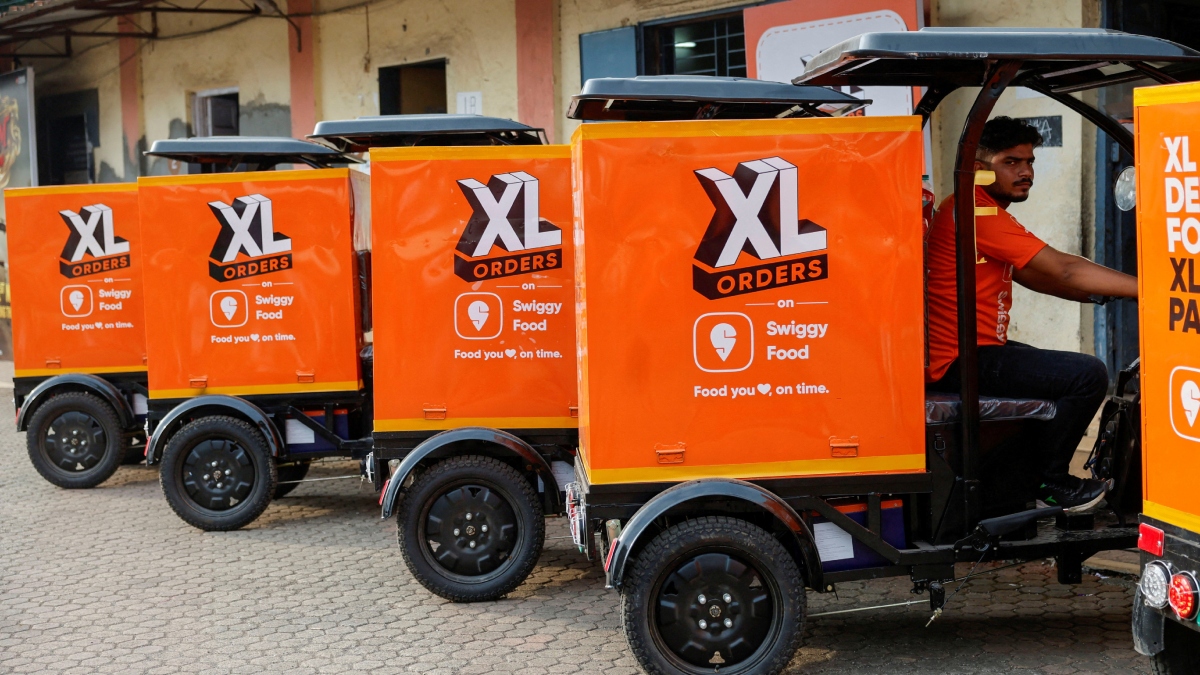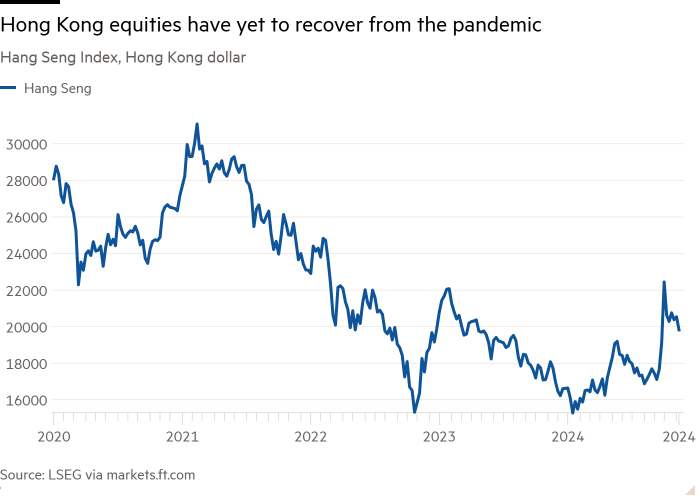India’s labour market has undergone profound changes over the past decade, with the rapid rise of the gig economy standing out as one of the most significant transformations. Characterized by short-term, flexible contracts facilitated by digital platforms, gig work has become a key component of the country’s employment landscape.
According to NITI Aayog, India currently has around 7.7 million gig workers—a number expected to reach 23.5 million by 2030. In the long term, this sector could create up to 90 million jobs annually. However, as this workforce expands, the urgent need for regulations and enhanced protections for gig workers has become increasingly apparent, drawing substantial public and policy attention.
Gig Work in India: An Overview
India’s gig economy spans various sectors, including food delivery, ride-hailing, e-commerce, and freelance services. Platforms like Swiggy, Zomato, Ola, and Urban Company have established themselves as key players, creating new job opportunities. Gig work is not a new concept to India with 85 per cent of the Indian population being employed via the informal economy and ‘casual workers’ segment. India has always had the equivalent of gig work across urban and rural areas—from temporary farm workers to daily-wage construction labourers to household help. Thus, a significant potential for further adoption in labour-intensive sectors like construction, manufacturing and other functional roles remains untapped. What technology has enabled is the ability to provide on-demand delivery requests at a large scale.
The flexibility of gig work has become especially appealing to those seeking supplemental income, enabling individuals to work according to their schedules. A Fairwork India (2023) report found that over 90 per cent of gig workers in food delivery and ride-hailing valued the autonomy these roles provide. However, despite this flexibility, gig workers—often classified as independent contractors or delivery ‘partners’—lack essential labour protections, such as minimum wage guarantees, health benefits, and social security, often amid public apathy. As India’s gig workforce continues to grow, calls for stronger regulatory frameworks have become increasingly urgent.
Regulation of the Gig Economy: Current Status and Gaps
India’s labour regulations have historically catered to formal employment, leaving gig workers in legal limbo. However, recent legislative developments have sought to address this gap. The Code on Social Security (2020) marked a significant policy milestone by extending social security benefits to gig workers. The legislation mandates that platform companies contribute to schemes covering life and disability insurance, health benefits, and old-age protection.
Nevertheless, as of 2024, implementing these labour codes needs to be faster and more balanced. According to the International Labour Organization (ILO), only 10 per cent of gig workers in India currently receive social security benefits. Many companies have delayed or avoided compliance, leaving millions needing access to basic protections. This implementation gap underscores the need for more robust enforcement mechanisms and clearer definitions of gig workers’ legal status.
Judicial interventions have also shaped the regulatory landscape. In a pivotal 2024 ruling, the Delhi High Court sided with Swiggy Delivery Executives who challenged their classification as independent contractors. The court ruled that these workers were, in effect, employees and thus entitled to benefits such as health insurance and paid leave. This ruling marks a potential turning point in how Indian courts view gig work, aligning with global trends. For instance, in 2021, the UK Supreme Court ruled that Uber drivers should be treated as “workers,” granting them access to minimum wage protections and holiday pay.
However, regulatory efforts face significant challenges. The fluid nature of gig work—where workers may shift between platforms or engage in both formal and informal employment—complicates the application of labour laws. This fluidity requires a more nuanced policy approach that accounts for the unique characteristics of gig work while ensuring that all workers receive adequate protection.
The Wage Fairness Debate
Wage fairness remains one of the most contentious issues in India’s gig economy. Operating on a commission-based model means payment per task rather than a fixed salary. While this model allows for high earnings during periods of peak demand, it also leaves workers vulnerable to income fluctuations as seen during the rise in fuel prices and inflation where food delivery executives saw their average earnings drop by 30 per cent between 2020 and 2024 due to changes in algorithmic pay structures and workers were forced to bear rising fuel costs, eroding their take-home pay.
In response, gig workers demanded fairer pay structures and transparency in calculations of commissions The government’s new minimum wage guidelines, introduced in 2023, attempted to address these concerns by establishing a minimum wage for gig workers.
However, enforcing these guidelines has proven difficult, as platforms argue that the commission-based model does not align with traditional wage structures. This has led to calls for sector-specific wage regulations that reflect the realities of gig work, such as fuel price compensation and guaranteed base earnings.
Social Security for Gig Workers: Progress and Challenges
India’s gig workers face significant challenges, chief among them a lack of social security coverage. While the Code on Social Security aimed to address this by mandating benefits like life insurance and maternity support for gig workers, the progress has been slow, and the impact remains limited.
In September 2024, the Indian government launched a pilot initiative to provide health insurance for gig workers under the Employees’ State Insurance (ESI) scheme, aiming to cover one million workers by 2025. While this program marks a step forward, experts argue that it barely scratches the surface. Given the diversity of gig work—spanning food delivery, ride-hailing, and freelance services—many argue that a tailored, multi-layered approach is essential to meet the unique needs of gig workers, many of whom rely on gig jobs as primary income.
A sustainable solution could be the establishment of a ‘national social security fund’ for gig workers, funded partly by contributions from gig platforms. This fund would provide health insurance, pension plans, and unemployment benefits, offering a safety net against sudden income loss. Such a system would allow gig workers to maintain flexibility while receiving protections similar to traditional employees. Raising awareness among gig workers about their entitlements under labour codes is also crucial, empowering them to claim the rights they’re legally afforded.
To truly build an inclusive gig economy, policy solutions must evolve beyond pilot programs, embedding social protection at scale and actively involving both gig platforms and the state in securing long-term benefits for this growing workforce.
Incorporating Women in the Gig Economy
Globally, economies have long overlooked the contributions of female labour, especially in unpaid or informal sectors, leading to significant undervaluation and invisibility in GDP metrics. A report by the McKinsey Global Institute estimates that advancing gender equality across India’s workforce—including informal labour—could add a substantial $770 billion, or about 18 per cent, to the GDP by 2025. This underscores the tremendous yet untapped economic potential of women, particularly those in the informal economy.
The gig economy offers a unique opportunity to formalize and bring visibility to women’s contributions. It provides a potential pathway for women to access supplementary income, enter the job market more easily, and experience greater social mobility. By breaking down some of the traditional barriers to workforce participation, the gig economy can help women navigate systemic challenges and achieve a stronger foothold in the labour market.
However, realizing this potential requires targeted policy interventions to make gig jobs safer and more accessible to women. Efforts to ensure safe working conditions, flexible work arrangements, and enhanced social protections will be essential in fostering an inclusive gig economy that empowers women and integrates their contributions into the formal workforce.
Looking Ahead: New Models for Worker Protection
As India’s gig economy continues to evolve, innovative approaches to regulation and worker protection are essential. One promising model is the gig worker cooperative, where workers band together to negotiate better terms and conditions with platforms. This model, already adopted in some European countries, empowers gig workers by giving them a collective voice in decision-making processes. In India, gig worker cooperatives could be particularly effective in sectors like food delivery and home services, where workers often face similar challenges.
Another emerging trend is the rise of platform cooperatives, where workers themselves own and manage the platforms they work for. This model distributes profits more equitably and gives workers greater control over their working conditions. While still in its infancy in India, platform cooperatives could offer an alternative to the traditional gig economy model, promoting more equitable outcomes for workers.
Finally, increased transparency in gig platforms’ pay algorithms is critical for ensuring wage fairness. Platforms should be required to disclose how pay structures are determined and provide workers with clear explanations for any changes to their earnings. This transparency would help prevent arbitrary reductions in pay and allow workers to make more informed decisions about their work.
India’s gig economy offers immense potential for economic growth and job creation, but its rapid expansion has exposed significant challenges in terms of regulation and worker protection. While recent legislative and judicial developments represent progress, much work remains to be done. Moving forward, a combination of innovative regulatory approaches, such as gig worker cooperatives and platform ownership models, and stronger enforcement of labour protections, will be essential for ensuring that gig workers receive fair wages and social security. By addressing these challenges, India can create a more equitable gig economy that benefits workers, platforms, and the broader economy alike.
Diksha Yadav is a political analyst and columnist; Amal Chandra is an author, policy analyst and columnist.
Follow them on ‘X’: @DikshaYadav____ & @ens_socialis









































































































































































You must be logged in to post a comment Login